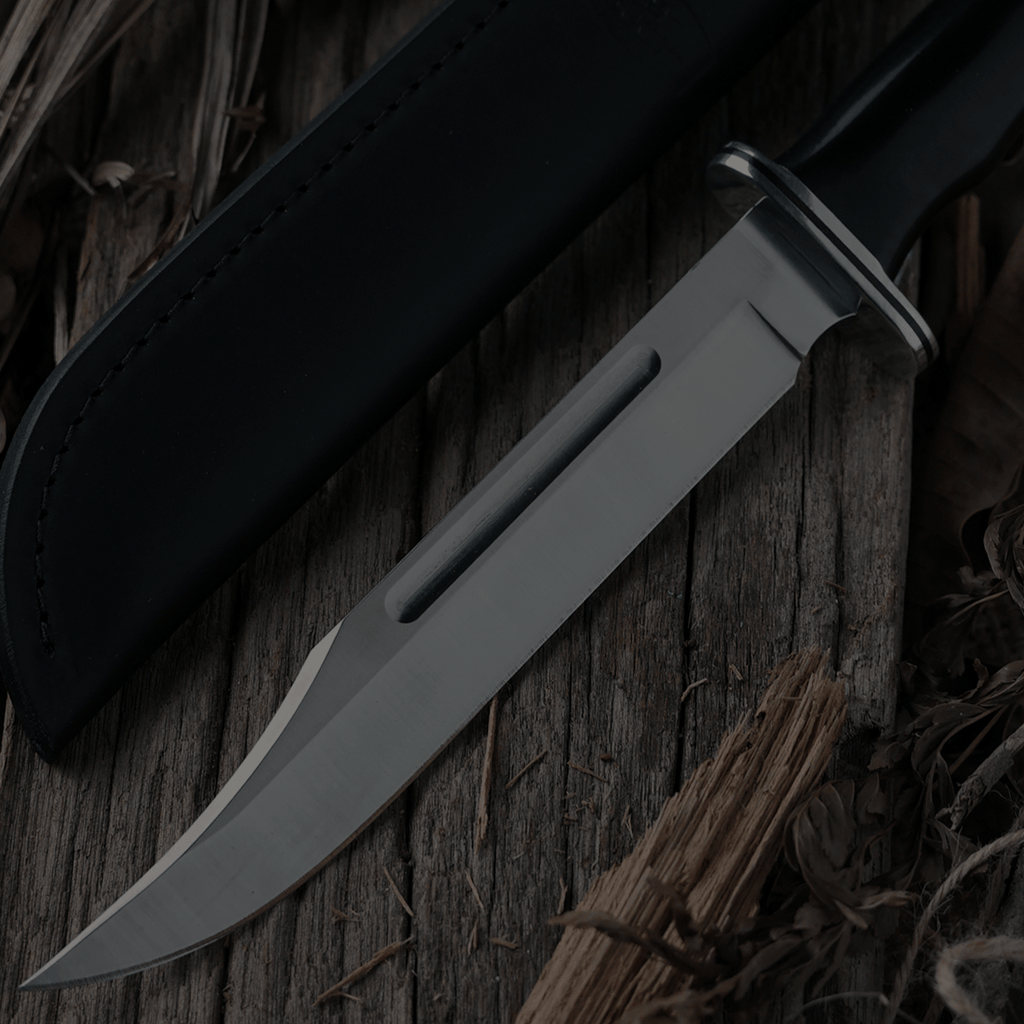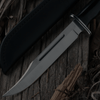
The Ultimate Guide to Gearevo's High-Quality Knives
Discover how Gearevo’s expertly curated knives serve everyday users EDC , survivalists, butchers, and chefs alike. This guide breaks down the key features, categories, and benefits of choosing a blade that fits your lifestyle.

